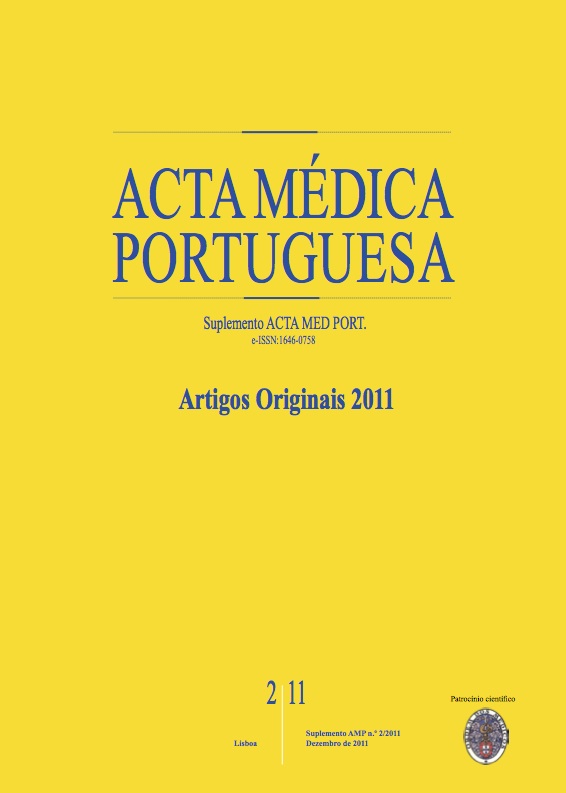Mushroom poisoning in Portugal.
DOI:
https://doi.org/10.20344/amp.1491Abstract
The renewed interest in mycology has been reflected in growing use of wild mushrooms in culinary, driven by its nutritional, organoleptic and commercial value. However, the international scientific literature describes several syndromes of poisoning by mushrooms. We live, therefore, a paradigm conducive to an increase of mycetism, whose diagnosis requires a high level of suspicion and knowledge of clinical profiles. In Portugal, the real dimension of this problem is unknown. Although some mycetisms, such as the hepatotoxic syndrome, have high morbidity and mortality, their relative incidences are unknown. Add up to the shortage of international scientific literature, often outdated and inappropriate to clinical practice. In this context, this article provides an updated epidemiological and clinical perspective emphasizing a narrative and descriptive information on the forms of presentation, differential diagnosis and therapeutic approach, with the ultimate goal of the elaboration of a national diagram-oriented approach to decision-making diagnosis. We analyzed all the clinical records of patients admitted into ten hospitals between 1990 and 2008, notified with the code 988.1 of GDH (acute poisoning by mushrooms). There were registered demographic data, way of presentation, time between ingestion and onset of symptoms, the annual distribution, clinical profile, clinical and analytical treatment performed and complications. We identified 93 cases of acute poisoning by mushrooms, with equal gender distribution and inclusion of individuals of all age groups (from 1 to 85 years), but with greater representation from 21 to 50 years. There was a bimodal seasonal pattern, with a higher peak between September and December and a second in the spring. The hepatotoxic profile presentation corresponded to 63.4% and 31.7% of the cases to gastroenteritis syndrome. The mortality in cases of hepatotoxicity was 11.8%. The developmental profile of the rate of prothrombin time (PT), aspartate aminotransferase (AST) and bilirubin, was an important setting for diagnosis and prognosis. TGO increases early, always within 48 hours, having an essential role in the diagnosis of hepatotoxicity. Despite the late elevation of bilirubin, the cases of death revealed that there was an earlier increase, reaching higher values, which seems to have a prognostic value, to be evaluated with further studies. Finally, we propose a diagram of diagnostic performance, considerating the generalized lack of mycological diagnosis in Portugal, which emphasizes the need for a careful history, focused on quantifying the latency period.Downloads
Downloads
How to Cite
Issue
Section
License
All the articles published in the AMP are open access and comply with the requirements of funding agencies or academic institutions. The AMP is governed by the terms of the Creative Commons ‘Attribution – Non-Commercial Use - (CC-BY-NC)’ license, regarding the use by third parties.
It is the author’s responsibility to obtain approval for the reproduction of figures, tables, etc. from other publications.
Upon acceptance of an article for publication, the authors will be asked to complete the ICMJE “Copyright Liability and Copyright Sharing Statement “(http://www.actamedicaportuguesa.com/info/AMP-NormasPublicacao.pdf) and the “Declaration of Potential Conflicts of Interest” (http:// www.icmje.org/conflicts-of-interest). An e-mail will be sent to the corresponding author to acknowledge receipt of the manuscript.
After publication, the authors are authorised to make their articles available in repositories of their institutions of origin, as long as they always mention where they were published and according to the Creative Commons license.









